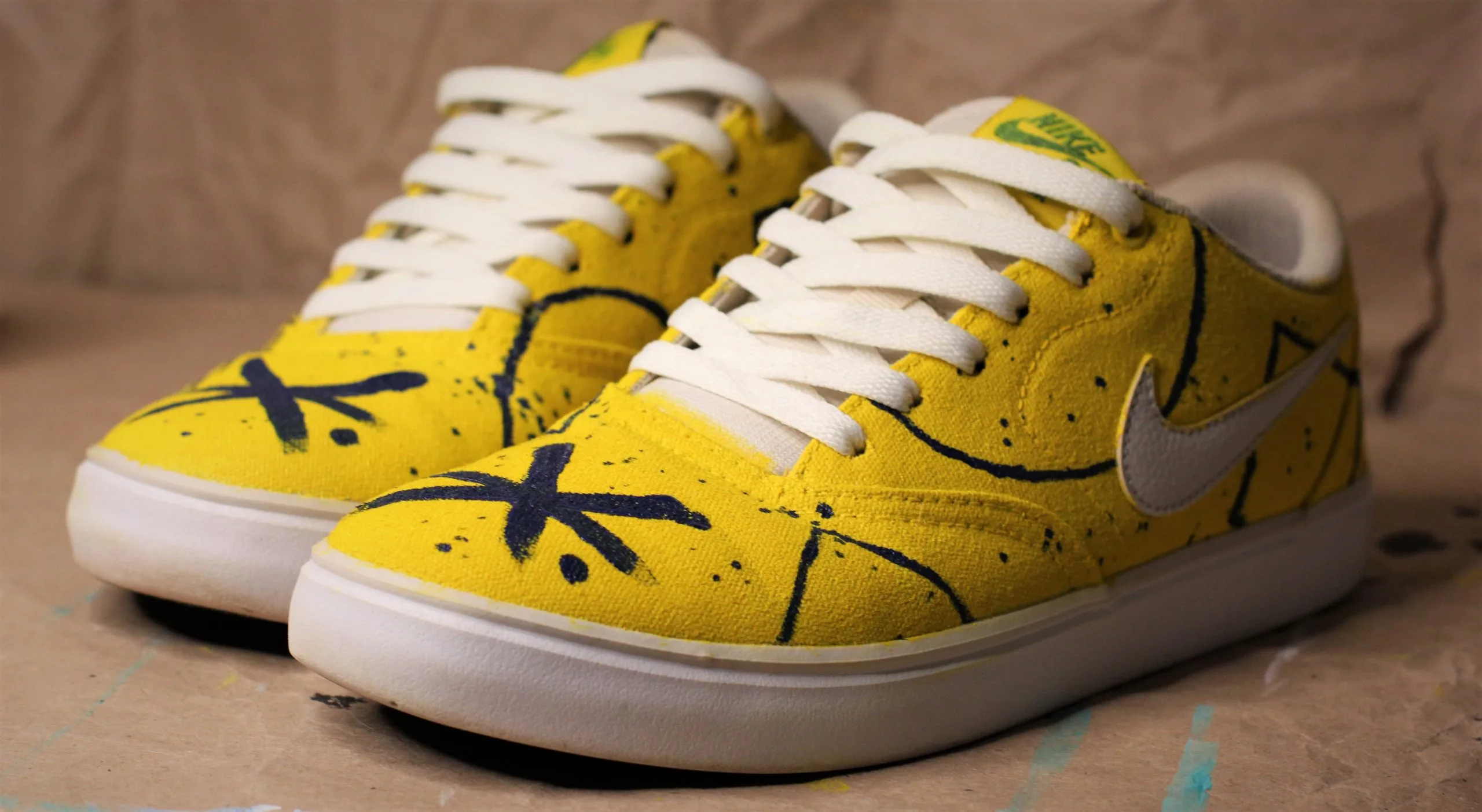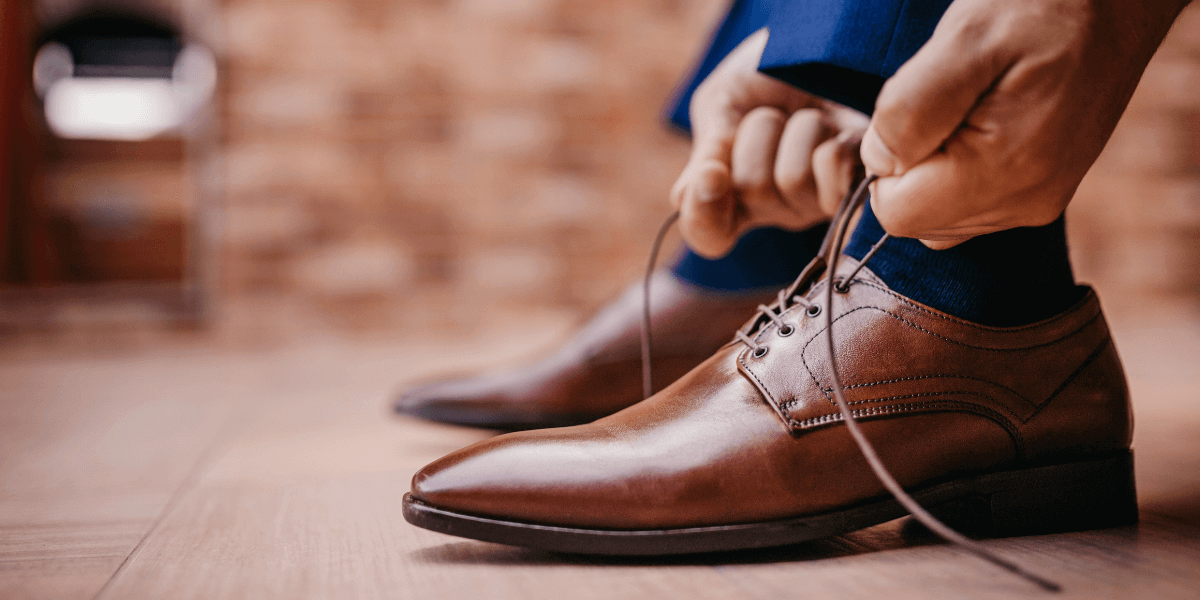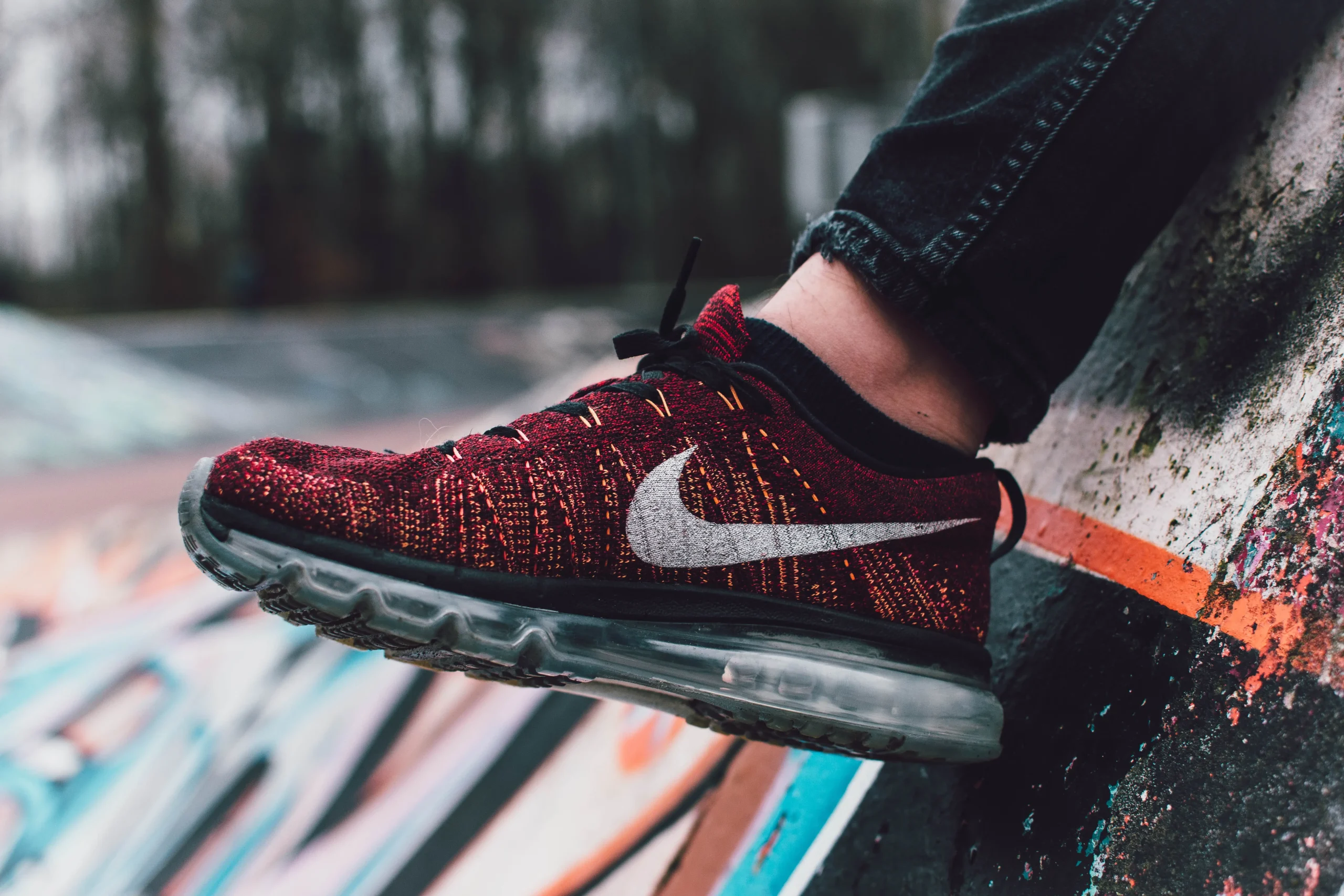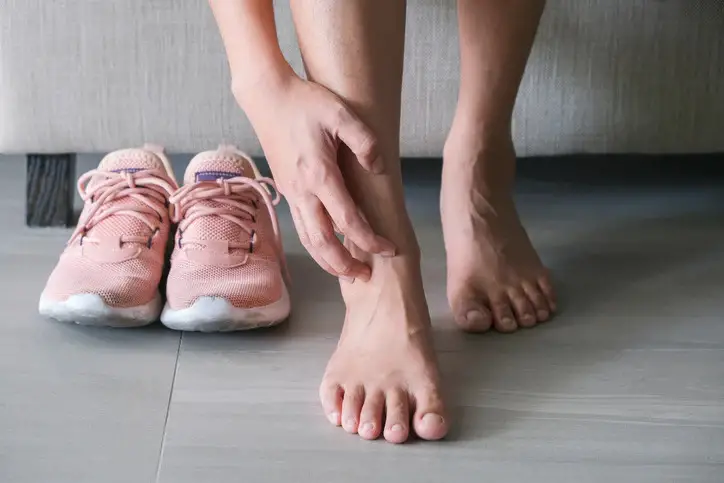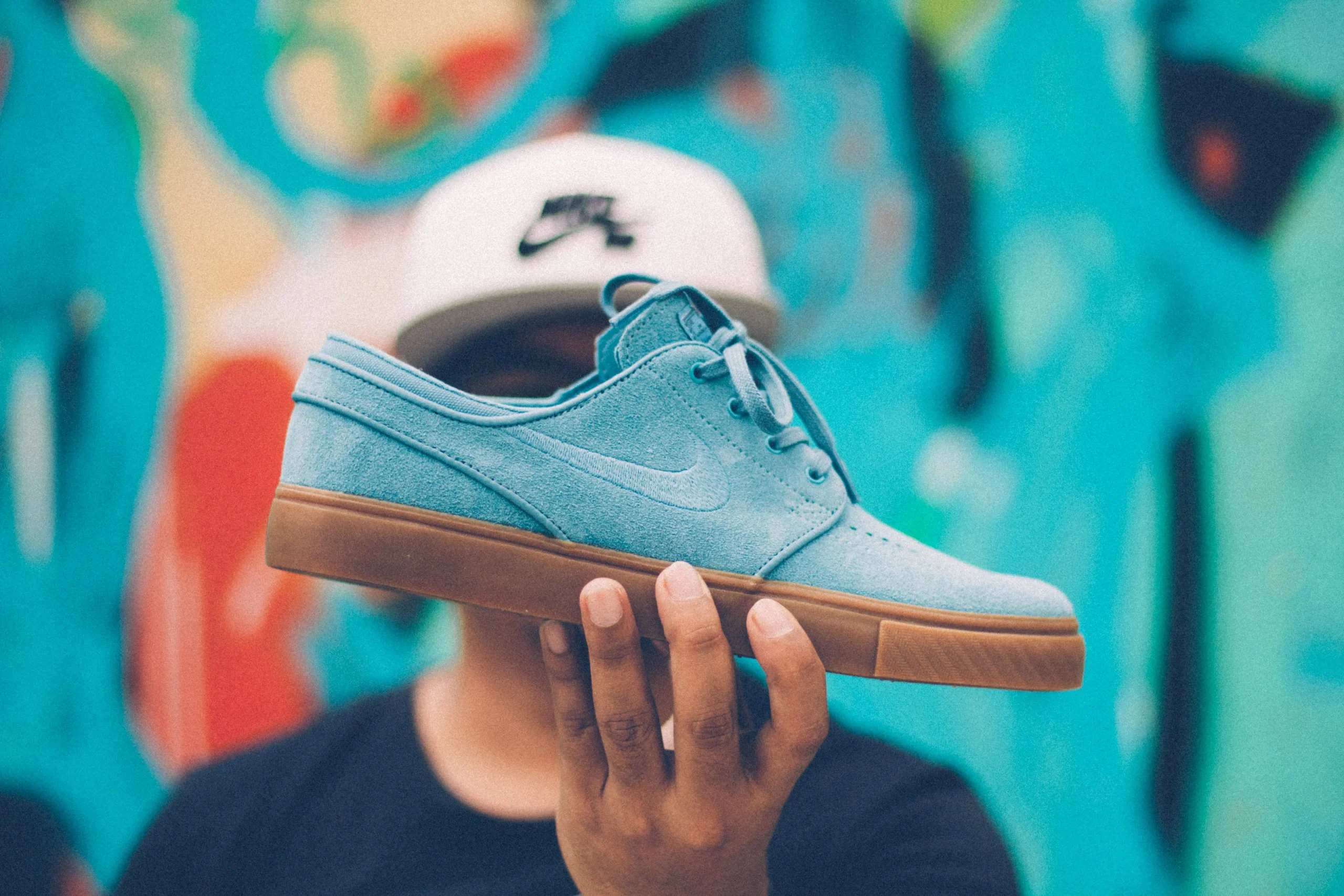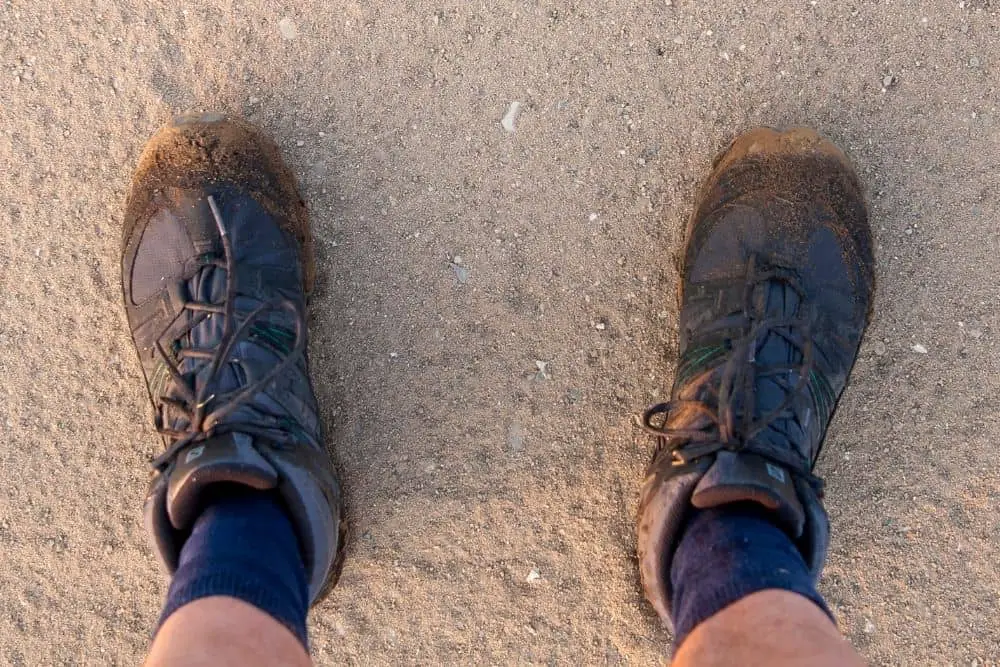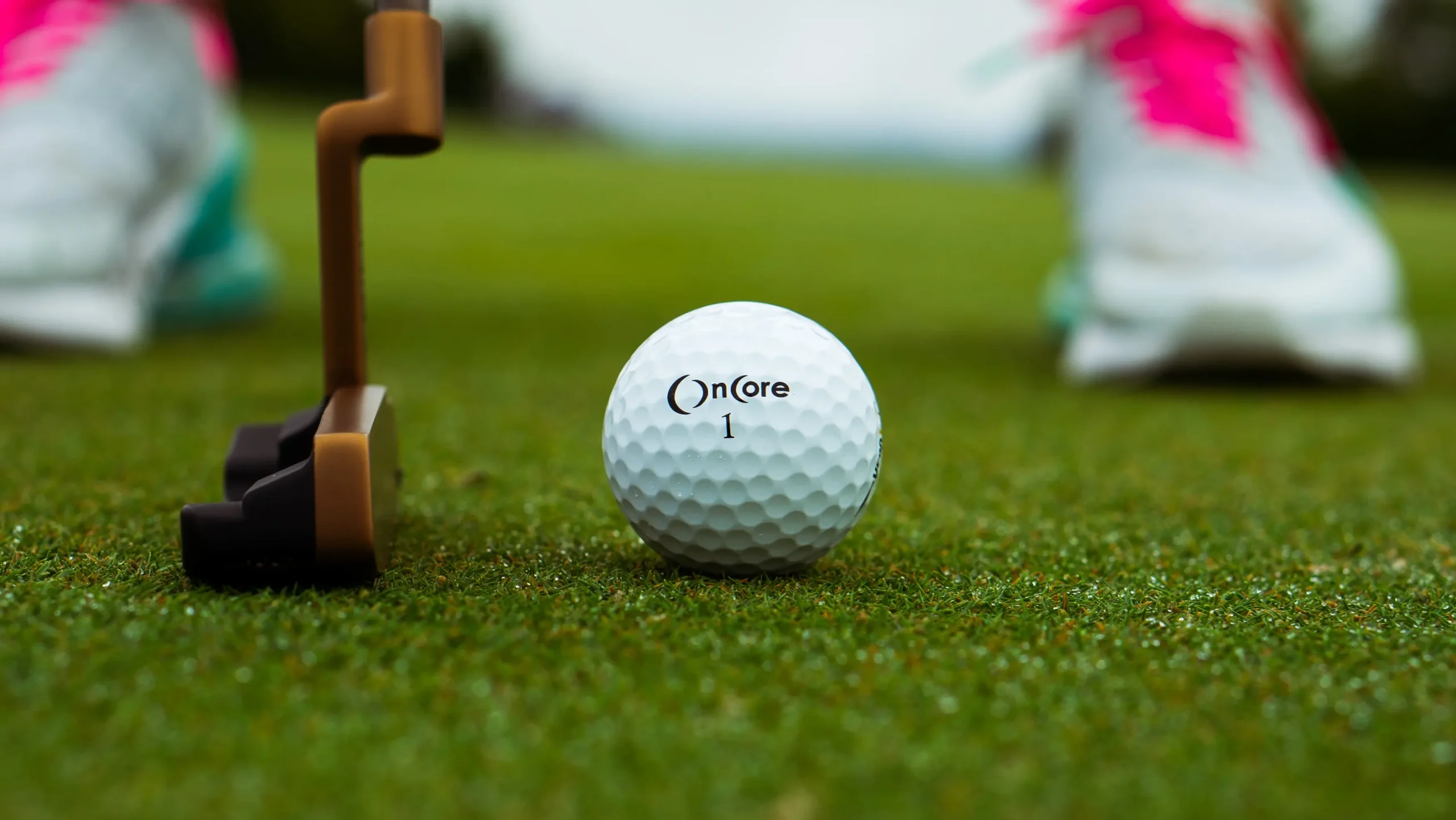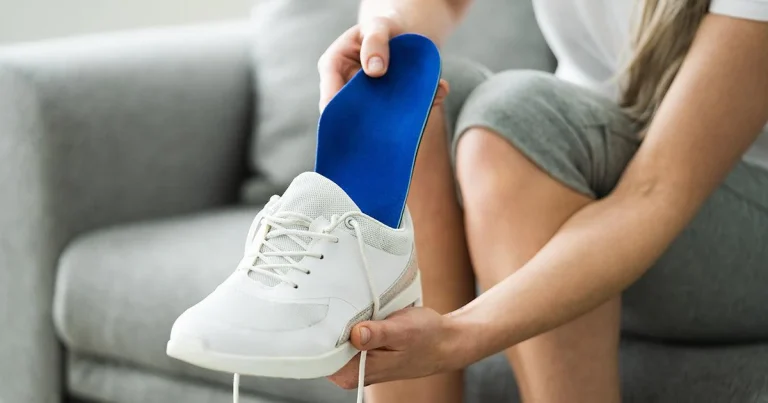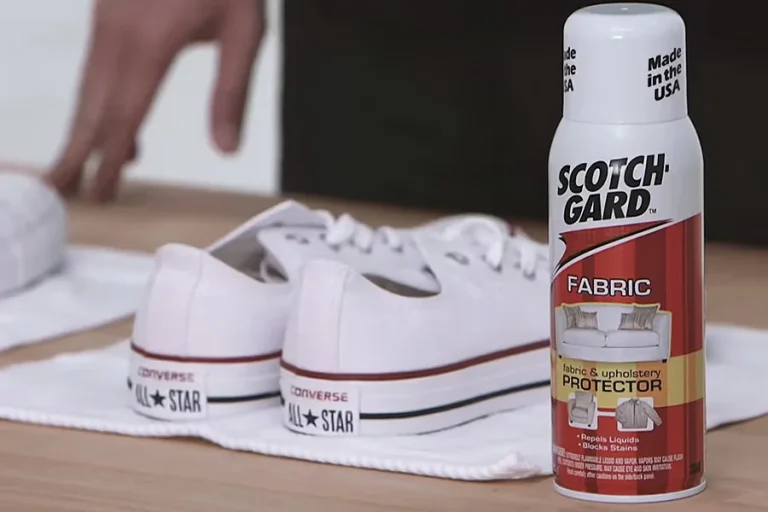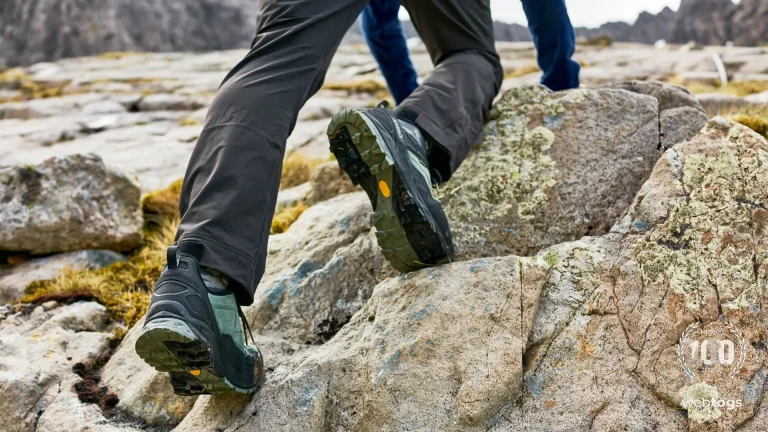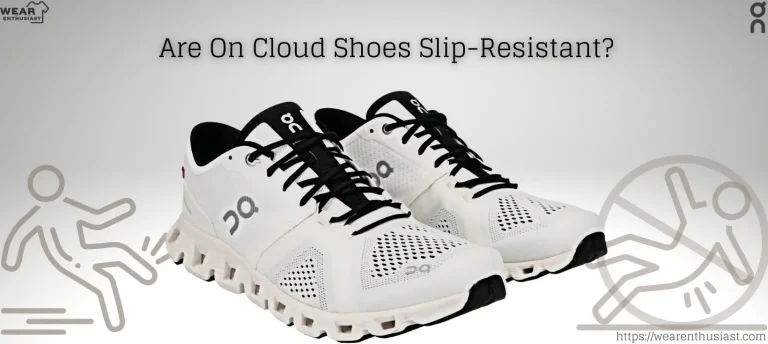How Long Should Shoes Last If You Wear Them Every Day?
Shoes are essential to our daily lives, and we often wear the same pair daily. But how long should shoes last if you wear them every day? Your favorite everyday shoes take a beating if you wear them daily. Generally speaking, everyday shoes should be replaced every 8 to 12 months. This is because the soles and heels of your shoes will wear down over time, and the cushioning will start to break down. Keep an eye out for worn soles, ripped seams, or achy feet, these are signs they’re nearing retirement.
In this blog post, we’ll explore the factors that affect shoe lifespan, how to determine when it’s time to replace your shoes and tips for extending the life of your favorite pair.
Factors Affecting Shoe Lifespan
The lifespan of your shoes depends on several factors, including:
Types of shoes
Different types of shoes have different lifespans.
Athletic shoes, for example, typically need to be replaced after 500 miles of use, while casual shoes may last longer depending on the materials and construction.
Frequency of use
Wearing your shoes every day will naturally cause them to wear out faster than if you only wear them occasionally.
Activities
The type of activities you engage in while wearing your shoes also affects their lifespan.
High-impact activities like running or sports will wear out shoes faster than low-impact activities like walking or casual wear.
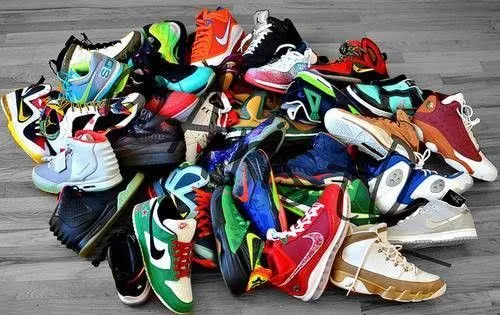
Related To: How To Cover A Shoe With Fabric
Related To: How To Clean Wool Shoes?
Signs It’s Time to Replace Your Shoes
Here are some telltale signs that it’s time to replace your everyday shoes:
Uneven wear
If one shoe’s heel is more worn than the other or the shoe leans on one side, it’s time to replace it.
Sole tread pattern breakdown
As the sole tread pattern breaks down on one side, it means that it’s time to replace your shoes.
Discomfort or pain
If your shoes no longer provide the support and comfort they once did, it’s time to invest in a new pair.
Tips for Extending the Life of Your Shoes:
To make your shoes last longer, follow these tips:
Rotate your shoes
Instead of wearing the same pair every day, rotate between two or more pairs to give each pair a chance to rest and recover.
Proper care
Clean your shoes regularly and store them in a cool, dry place to prevent damage from moisture and dirt.
Use shoe inserts
Shoe inserts can help provide additional support and cushioning, prolonging the life of your shoes.
Repair when possible
If your shoes have minor damage, like a loose sole or worn heel, consider repairing them instead of replacing them.
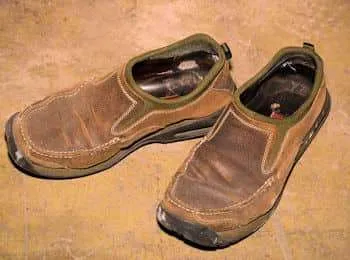
Knowing when to replace your shoes
This is vital for maintaining foot health and overall comfort. Look out for these signs that indicate it’s time for a new pair:
some additional tips for choosing the right shoes
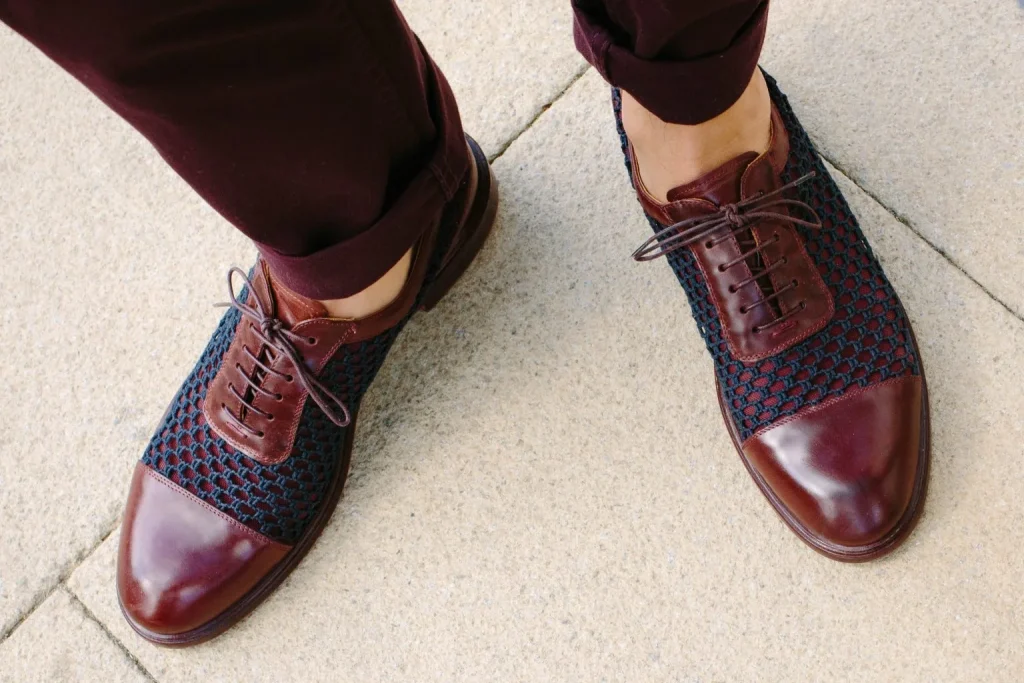
Conclusion
The lifespan of your everyday shoes depends on various factors, including the type of shoes, frequency of use, and the activities you engage in. By paying attention to the signs of wear and taking steps to extend the life of your shoes, you can ensure that you get the most out of your favorite pair. Remember, investing in quality shoes and taking proper care of them will not only save you money in the long run but also keep your feet happy and healthy.
By regularly assessing the condition of your shoes and replacing them when necessary, you can prioritize both foot health and style, ensuring that your footwear always provides the support and comfort you need.
Frequently Asked Questions
Latest Post

